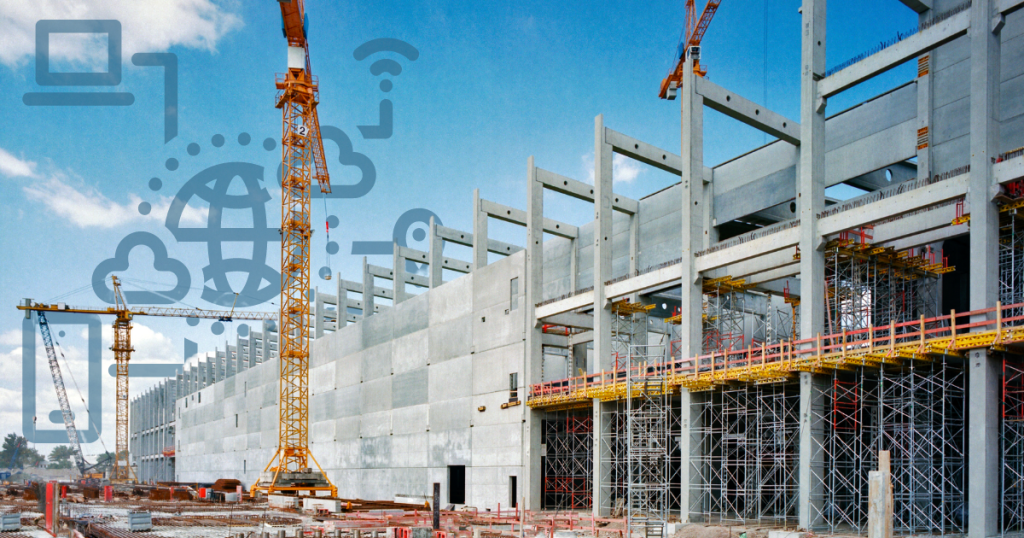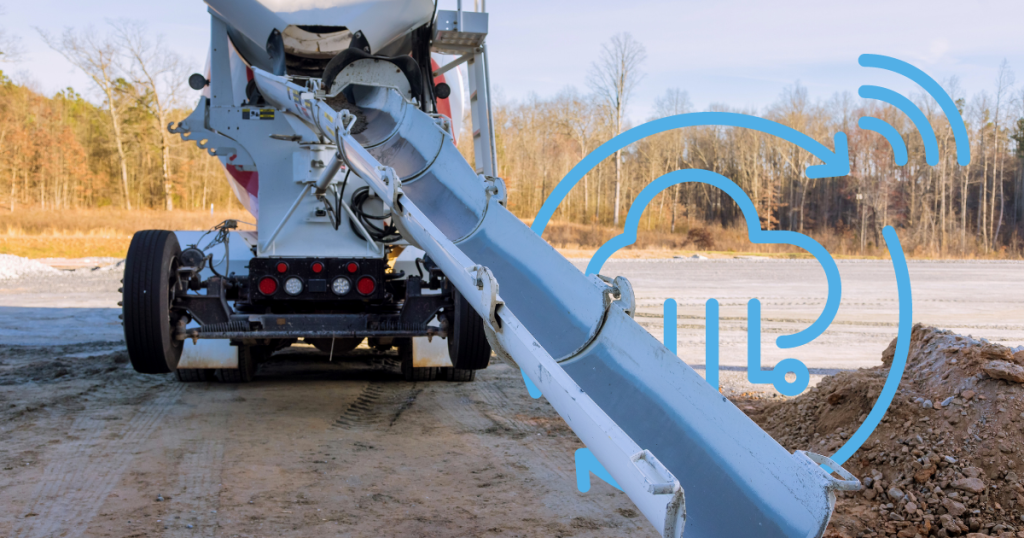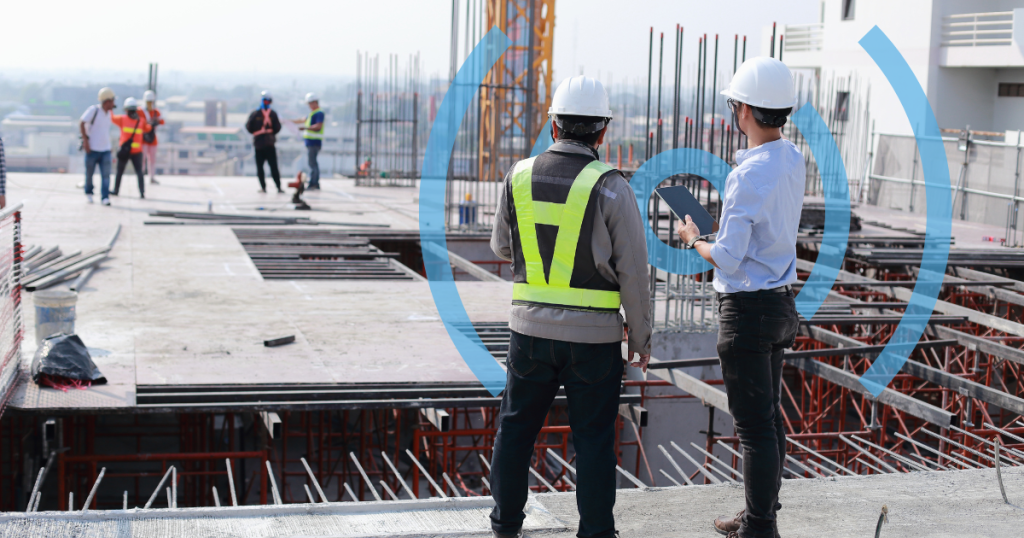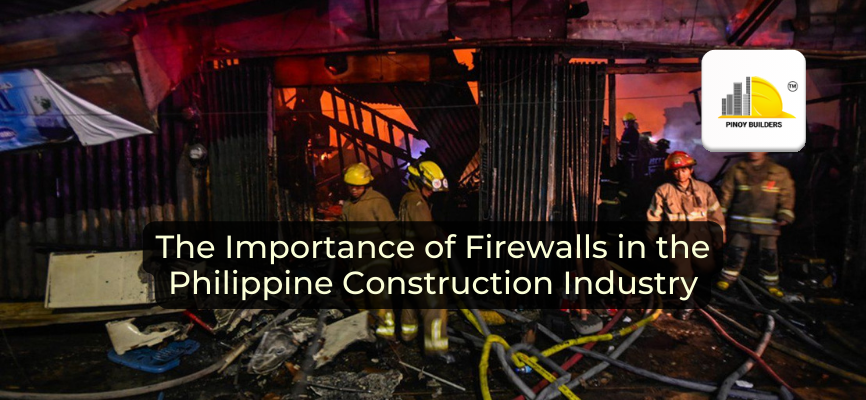The construction industry is not a stranger to safety challenges. Worksites often pose numerous safety hazards for construction workers and even pedestrians who may come near the site. Despite advancements in safety protocols and regulations, the construction industry is still one of the most high-risk working environments, with many accidents, injuries, and fatalities that can occur during operations.
For any industry, safety is a top priority. But in sectors like construction, where physical exertion and complex operations are the norm, potential hazards are always present. This constant risk environment necessitates a heightened emphasis on safety measures.

From towering skyscrapers to smart buildings with intricate electrical systems, many factors increase the chance of injury to people working in the field. However, technological advancements such as the IoT, or the Internet of Things, are slowly transforming the industry into a safer occupation for workers who want to thrive in the field. In this article, we will discuss how IoT transforms construction sites and improves safety overall.
Safety 2.0: Transforming Construction Sites with IoT
Because of the high risk involved in the construction industry, many experts in the field are constantly on the lookout for technological innovations that can become effective solutions to such complex concerns that can result in physical injuries or even death. IoT technology has been transforming the construction industry into a smarter workplace focusing on employee health and safety.
What Is IoT Tech?
The Internet of Things (IoT) refers to a network of interconnected devices with sensors, software, and other technologies that enable them to collect and exchange data over the internet without the need for human intervention. These devices can range from everyday objects like home appliances and wearable devices to industrial machinery and infrastructure components. IoT systems typically involve the gathering of data from various sources, processing it in real-time or near-real-time, and then using the insights derived from the data to automate tasks, optimize processes, and enable new services for the users. IoT has applications across various industries, including healthcare, agriculture, transportation, manufacturing, and construction, among many others.
In construction, IoT technology can be used to enhance safety measures and improve overall project efficiency. One way IoT can increase safety is through the use of wearable devices equipped with sensors. Workers can wear these devices to monitor vital signs, detect fatigue or stress levels, and alert supervisors in case of emergencies or hazardous conditions. Additionally, IoT-enabled safety helmets or vests can include features such as GPS tracking and fall detection, ensuring timely assistance in case of accidents or injuries on construction sites. In addition to this, IoT integration into construction machinery and equipment enhances safety on construction sites by enabling real-time monitoring and predictive maintenance.
With IoT, construction managers can facilitate remote monitoring of the project’s machinery. This enables them to track equipment usage, identify potential safety hazards, and ensure compliance with safety protocols from a centralized location. IoT is helpful in proactively addressing maintenance needs and safety concerns in construction machinery, which significantly reduces the risk of accidents, enhances worker safety, and improves overall site efficiency.
Applied IoT Tech In The Construction Site
IoT tech has proven to be effective outside of theory. In an experiment by Su et al. in 2018, a scaffold shoring system was monitored using IoT technology. The experiment, conducted to test the validity and effectiveness of IoT in the construction industry, showed just how useful integrated sensor management is for data transmission without human interventions.

An intricate monitoring system was used to measure several factors: concrete surface sinking, lateral movement, force transferred to columns, and column tilt. The IoT system’s ability to detect these movements before concrete surface failure proves its reliability in keeping construction workers safe during concrete pours.
How IoT Increases Safety In Construction Sites
IoT can streamline various operations in the construction industry, improving waste management, mathematical optimization, and even concrete curing. However, IoT does more than just boost project productivity. IoT systems can also help ensure the safety of construction professionals and reduce hazards that may present serious repercussions.
Below are some of the most effective ways IoT increases safety in construction sites.
IoT Tech Enables Remote Site Monitoring
Utilizing internet-connected IoT sensors, construction managers can monitor environmental conditions on project sites in real time, including air quality, temperature, humidity, and noise levels. This innovation not only enhances data accuracy but also reduces the need to deploy workers in potentially unsafe or unsurveyed areas.
Data gathered by IoT devices can also help in identifying potential hazards to ensure compliance with safety regulations. It can also help construction managers plan and implement preventive measures to effectively mitigate risks to workers’ health and safety.
IoT sensors revolutionize construction site monitoring. Gone are the days of manual methods that posed safety risks to workers. Now, remote monitoring with sensors allows managers to create accurate data graphs and project plans without needing physical presence on the site.
IoT Tech Improves the Tracking of Equipment and Machinery
Important construction equipment and machinery that utilizes IoT systems will be easier to track and maintain for the convenience and safety of the construction workers. Heavy equipment and machinery require careful handling due to complex functions that can only be operated by specialized construction professionals. With IoT, the location, usage, and performance of each equipment and machinery can be monitored with a streamlined process that reduces the need for manual tracking and status monitoring.
Data from IoT technology can optimize equipment utilization by allowing analysis of machinery performance. This proactive approach lets construction managers schedule maintenance tasks to ensure safe working conditions, ultimately reducing the risk of accidents and breakdowns.
IoT Tech Delivers Predictive Maintenance
Integrating IoT systems with construction equipment simplifies data collection by utilizing the various sensors installed. This enables communication between equipment, generating valuable data for analysis using the IoT system’s advanced techniques. These techniques can identify patterns, trends, and potential safety hazards, allowing for the development and implementation of preventative measures.
With predictive maintenance, construction managers can anticipate equipment failures or safety risks. This can help prevent accidents before they occur and ensure that the project will continue its operations without significant delays.
IoT In Construction

While not yet universally adopted, IoT in construction shows immense promise. Predictions suggest it will dominate the industry by 2030. A significant shift from traditional manual processes, IoT connects intelligent devices and machinery, streamlining projects and enhancing worker safety. This integration paints a promising future for the construction industry.
References
(2009, June 3). YouTube: Home. Retrieved March 15, 2024, from https://www.linkedin.com/pulse/smart-construction-sites-how-ai-iot-transforming-on-site-aneesh-goly/
(2009, June 3). YouTube: Home. Retrieved March 15, 2024, from https://www.linkedin.com/pulse/iot-construction-market-size-2024-growth-opportunities-bysac/
IoT in Construction Industry. (2023, August 11). CognitiveClouds. Retrieved March 15, 2024, from https://www.cognitiveclouds.com/insights/iot-applications-in-construction-infrastructure









